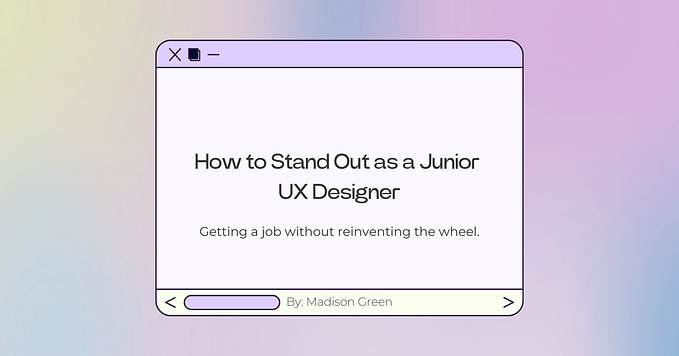Member-only story
The rise of IC roles in UX and Product Design
And why you don’t need to be a design manager to be considered successful anymore
There is nothing I hate more than bad managers who breathe down your neck as you’re trying to design something.
“I think it’s better if you put that button there” or “We should use orange for this graphic because it feels better” are just some of the comments that would make me want to grab my manager’s hand and make them do it themselves.
It feels even worse when your manager isn’t from a design background.
So with the fact that design managers do exist in the market, we would ideally love a dedicated spokesperson for the design team, right? Someone we can count on and someone who speaks the same language as we do.
Well, it turns out life, as usual, isn’t that simple.
Managers come in all shapes and forms, so sometimes it is a bit difficult to pin-point what traits exactly are bad and which are good because depending on the mixture of pros and cons you get, you will have very different conclusions on whether someone is a good manager or not.
Being a good manager is not easy, and it’s not a job everyone is suited for.
I do not wish to generalise, and this…








